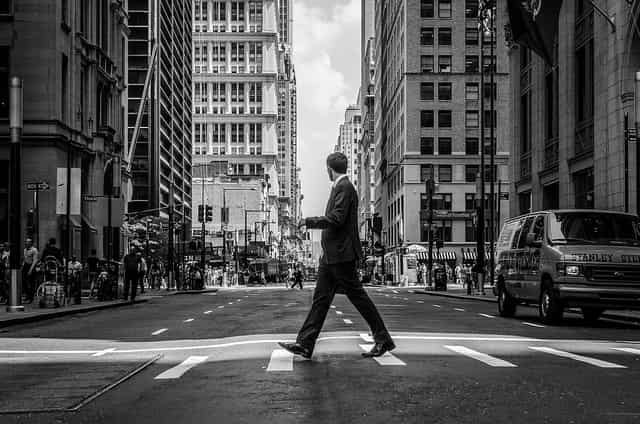The National Road Safety Agency has officially designated the third Thursday of March as Pedestrian Day. The purpose of this initiative is to encourage vehicle drivers to respect the rights of pedestrians and ensure their safe mobility on public roads. Pedestrian safety is a shared responsibility, requiring both drivers and walkers to follow rules that prevent accidents and promote coexistence.
Recommendations for Pedestrians
To enhance safety and avoid risks while walking, pedestrians should adopt the following measures:
- Always walk on sidewalks, as they are designed to provide a secure pedestrian path, free from unexpected hazards.
- Never cross diagonally or at the intersection of two roadways where multiple lanes meet.
- Always obey traffic lights. Do not step off the sidewalk or begin crossing if the traffic signal is red.
- When there is no traffic signal, pedestrians have the right of way. However, this does not grant permission to step onto the road suddenly or cross in a reckless manner.
- Never attempt to cross between parked or stopped vehicles, as they may obstruct visibility and create dangerous situations.
- When a vehicle is making a turn, pedestrians crossing the street have the right of way.
- Neither drivers nor pedestrians should use radios, headphones, or mobile phones while moving on public roads.
- If answering a phone call, stop walking before doing so. Never cross the street while talking or texting on a mobile device.
- On highways and roads, pedestrians should walk against the direction of traffic and remain as far from vehicle lanes as possible.
- Adults must always hold young children by the hand while walking near or crossing streets.
- Both children and adults must always cross at designated crosswalks, even when near a school located mid-block.
- Some pedestrians may have sensory impairments, such as visual or hearing disabilities, that are not always apparent. These conditions can affect their ability to perceive traffic dangers.
- Elderly individuals and people with disabilities require more time to cross streets. Show patience and respect, as honking or revving your engine will not make them move faster.
- Children are often impulsive and have difficulty concentrating on multiple stimuli at once. Exercise extra caution when driving near areas where children are present.
- It is advisable for disabled individuals, elderly persons, and young children to be accompanied by an adult. Children under ten should always cross the street holding hands with their guardian.
- If walking at night, pedestrians should carry a flashlight and wear reflective materials such as vests, armbands, or reflective shoes. Cyclists should equip their bicycles with front and rear lights, reflective wheel strips, and wear high-visibility vests and helmets.
- When crossing highways, roads, or expressways, always use pedestrian bridges.
- Be mindful of passing vehicles while exercising or engaging in physical activities near roads.
- Take extra precautions when crossing streets on rainy days, as drivers may have reduced visibility and require longer stopping distances.
Pedestrian safety should be a priority for all members of society. Respecting traffic laws and being aware of one’s surroundings can significantly reduce accidents and improve road coexistence. Whether as a driver or a pedestrian, it is crucial to prioritize caution, responsibility, and mutual respect to create safer streets for everyone.
